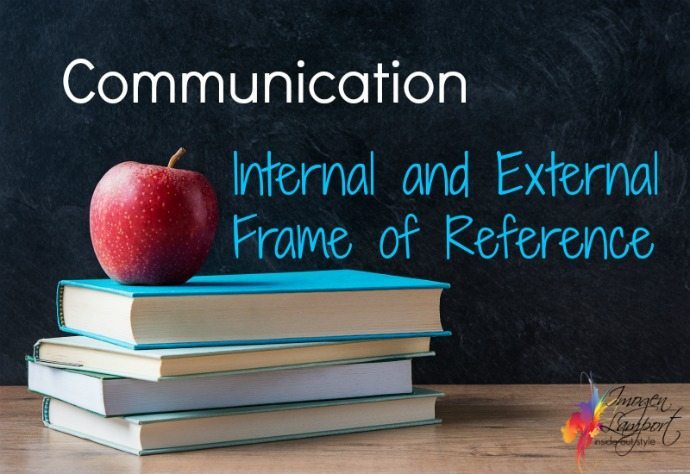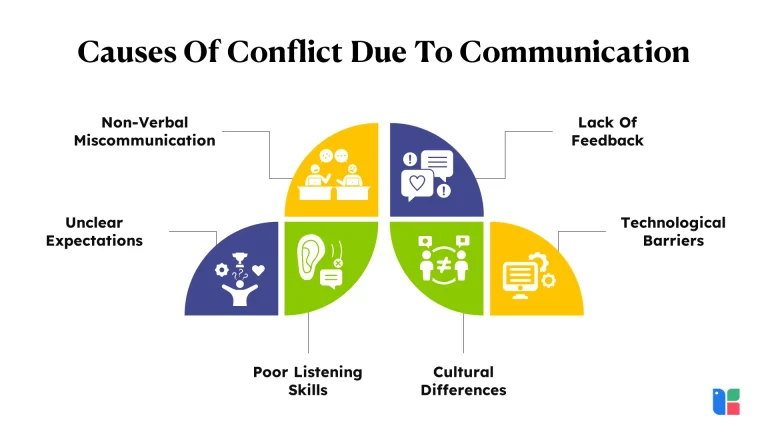How to Communicate to Evoke Genuine Emotions?
Communication is a powerful tool that goes beyond words—it’s about creating an experience. In the world of strategic communication, presence plays a pivotal role. This blog explores the insights shared by communication expert Matt Abrahams and executive coach Muriel Wilkins on Think Fast Talk Smart, The Podcast. From identifying common communication pitfalls to building an authentic leadership presence, we delve into actionable strategies to enhance your communication skills.
How to Communicate to Evoke Genuine Emotions?
1. Understanding the Power of Presence: Presence is not just about being physically there; it’s about being present with oneself. Matt Abrahams emphasizes the importance of developing a strong internal presence before projecting it outward. The journey begins with self-awareness and clarity about the desired communication outcomes.
2. Navigating Common Communication Pitfalls: Muriel Wilkins highlights three common pitfalls leaders often face—lack of clarity, inadequate listening, and unchecked assumptions. Addressing these pitfalls involves taking time to define communication objectives, enhancing listening skills, and critically examining assumptions before speaking.
3. Leadership Presence: Leadership presence goes beyond merely demonstrating value; it involves connecting authentically with others. Muriel defines leadership presence as the ability to balance credibility and relatability. Leaders must communicate with clarity, precision, and a genuine connection to become a credible and relatable presence.
4. Establishing Credibility and Relatability: Building credibility involves bringing value to the table, having a clear point of view, and developing structured communication skills. On the flip side, relatability is rooted in active listening. Muriel suggests that leaders can connect with others by truly understanding and valuing their perspectives.
5. Overcoming Imposter Syndrome: Imposter syndrome, the feeling of not belonging, is a common challenge. Muriel reframes imposter syndrome as a desire to belong and suggests focusing on creating value. By shifting the internal narrative and checking assumptions, individuals can redefine their sense of belonging.
6. Stopping the Comparison Game: Comparisons can be detrimental to one’s sense of belonging. Muriel advises distinguishing between belonging and acceptance. By understanding the distinction and focusing on personal contributions, individuals can sidestep the trap of constant comparison.
7. Techniques to Manage and Belong: Muriel acknowledges that managing imposter syndrome involves internal work. She encourages creating space between external judgments and internal feelings, allowing individuals to be present with themselves before addressing external perceptions.
8. The Art of Framing in Communication: Framing is a powerful yet underutilized skill. Muriel defines framing as setting context and emphasizes its importance in simplifying messages. Leaders can strategically frame their messages, using metaphors or storytelling to make complex information relatable and engaging.
9. Coaching Techniques for Effective Communication: For those in coaching or mentoring roles, active listening, strategic questioning, and providing direct feedback are essential skills. Muriel stresses the importance of adjusting techniques based on the situation, using framing to ground feedback in relevance for the individual.
Conclusion:
Effective communication isn’t just about words; it’s about creating a resonant experience. By mastering presence, overcoming common pitfalls, and building authentic connections, individuals can elevate their communication skills. The insights shared by Matt Abrahams and Muriel Wilkins serve as a roadmap for those looking to communicate in a way that others can truly feel, fostering understanding, connection, and leadership presence. Start your journey towards impactful communication today.



